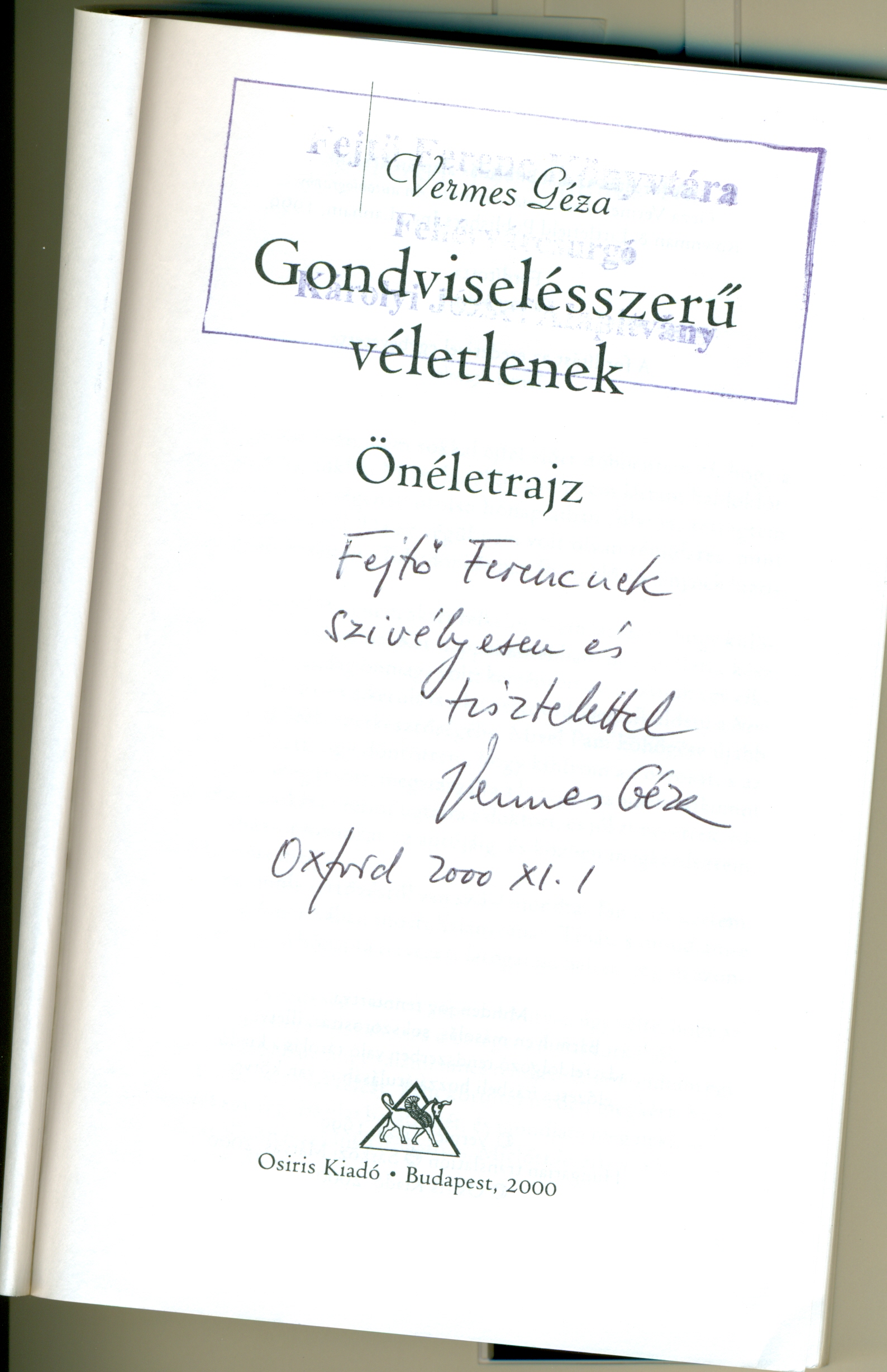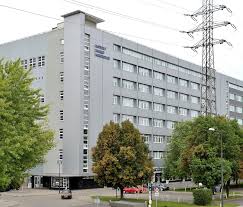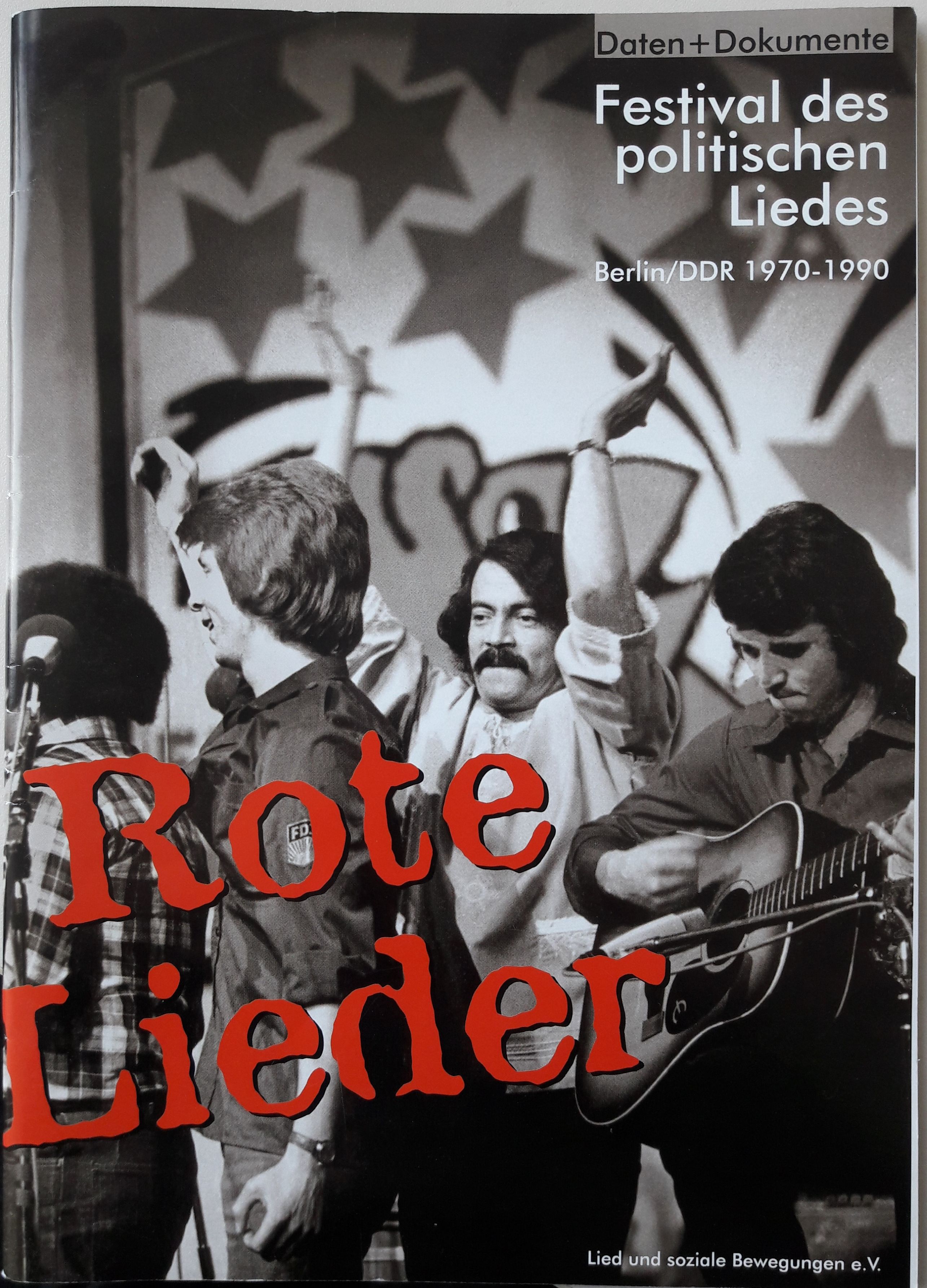This publishing project is dedicated to Henri H. Stahl (1901–1991), one of the few thinkers of Marxist orientation in interwar Romania and one of the most well-known collaborators of Dimitrie Gusti, who is considered the founder of Romanian sociology. A multidimensional intellectual, with interests in the fields of sociology, ethnography, cultural anthropology, and social history, born into a family of Alsatian-Swiss origin that was nevertheless perfectly integrated into the pre-communist cultural world of Bucharest, H.H. Stahl saw his career interrupted after 1948 due to the marginalizing of sociological research under communism. As he himself put it: “We all came to the conclusion that the Romanian school of sociology, or, as I have come to call it more recently, the school of Romanian sociology, was assassinated. It didn’t die of natural causes. Our careers were cut short.” Based on interviews carried out by Zoltán Rostás with H.H. Stahl in the 1980s, this project has special importance precisely because it recovers the memory of the discipline of sociology in interwar Romania. How great were the changes in the discipline after the coming of communism to power may be deduced from the following evaluation made by H.H. Stahl: “Well, everyone knew that they wouldn’t succeed through their intellectual qualities, but through the political, administrative positions that they could obtain. The ones who were better regarded were those with social activity. Very few who were book people, who were devoted to learning. […] Especially because there was a time when there was such a great lack of people who could be used, confidently, by the Party, that they appealed to whoever could be found. So, two sorts of people enrolled: plain crooks, placemen, without any kind of faith, who were made use of in that period, and a whole series of very good chaps, who realized that they couldn’t work effectively, do their job, if they didn’t also have Party activity, who believed in communism, really believed.”
In carrying out this project, Zoltán Rostás did not intend to say: “the truth at last,” but to “introduce the experiment in cultural history, specifically in the history of sociology, in the hope of discovering some hidden mechanisms of creation” (Rostás 2000, 5). Behind this book lie some dozens of hours of recordings, according to the methodology of oral history, extending over a period of three years (1985–1987). The discussions between the two interlocutors lasted, on average, 90 minutes. “I remember that after an hour had passed, or an hour and a half, Mr Stahl’s wife would come to us and signal that her husband was already tired. That wasn’t at all the case: he would have liked to have continued. But Mrs Stahl was extraordinarily protective with her husband,” recalls Zoltán Rostás. Some discussions, he also recalls, ended independently of the wishes of the people in the Stahl family home: the electric power was cut, and did not come back until the next day, a commonly encountered situation in Romania in the 1980s. The audio version of these interviews can be found on a series of tapes in the private collection of Zoltán Rostás. The book that resulted from these interviews, Monografia ca utopie: Interviuri cu Henri H. Stahl¸ is the book with the greatest public impact out of all those published to date by Zoltán Rostás. Published in 2000, the volume can be found in the libraries of relevant faculties in Romania and is one of those most frequently requested by readers. “In the end, this volume is the first evidence of the fact that a project undertaken as a hobby, thus without official support and academic assistance – indeed without prospects of publication – could be carried out in the direction not of an ‘objective history’ but of an alternative history of the Sociological School of Bucharest” (Rostás 2000, 7).


The digital collection of the Oral History Center contains more than 2000 interviews with twentieth-century witnesses, which are divided into different themes and topics, thus presenting a unique collection of professionally created interviews and memories, many of which are related to the theme of cultural opposition.






From early 2000 the Institute of National Remembrance started to acquire documents from the archives of The Ministry of the Interior and Administration (Ministerstwo Spraw Wewnętrznych i Administracji), the Internal Security Agency (ABW – Agencja Bezpieczeństwa Wewnętrznego), Office for State Protection (UOP - Urząd Ochrony Państwa), Police Archives, Military Information Services (WSI - Wojskowe Służby Informacyjne), Polish Border Guard, Prison Guard, Ministry of National Defence (Ministerstwo Obrony Narodowej) and others. Most of those acquisitions were hasty and done without preparations, so the process of cataloguing and managing the files is still ongoing.
The “Sixtiers Museum” Collection is located in a small museum in Kyiv, Ukraine in a building belonging to the Ukrainian political party Rukh. Nadia Svitlychna and Mykola Plakhotniuk founded this museum as way of honouring and documenting the struggles of a cohort of Soviet Ukrainian dissidents during the 1960s-1980s. Included in the permanent exhibition are paintings, graphics, sculptures, embroidery and other artworks produced by artists affiliated with the sixtiers movement. The museum also displays the poems, letters and literary works of the writers in their midst, as well as their typewriters, handcrafted items made while in the GULag, or clothes worn while living in exile, like Svitlychna’s own camp uniform. Also figuring prominently are posters for events and exhibitions organized by this group. The guided tour is a moving, concise rendition of their struggle, aimed at the museum’s target audiences, young students, scholars, and the general public.
These materials depict the lives of a dynamic group of Soviet Ukrainians engaged in a principled creative and ideological struggle with the Soviet regime in the 1960s and 1970s. They were poets, artists, graphic designers, historians, doctors, and even a Soviet army official, all of whom became deeply involved in human rights activism under late socialism. Many were members of large Soviet institutions—like the Ukrainian writers and artist unions, the Literary Institute in Kyiv, the Soviet armed forces. The Soviet government’s ideological retrenchment after Khrushchev transformed these dissidents, who had worked hard to try and reform the system and make it more humane, into individuals in open conflict with the authorities.


The multiethnic, multilingual, and multicultural world of the French Foreign Legion, that throughout its almost two century long past has recruited its volunteers from among 150 nations, is well reflected by the manuscript “The Slang Vocabulary of the Legionnaires,” edited by Sándor Nemes, a Hungarian veteran residing in Course for close to 50 years now. It provides an authentic insight into the odd group identity of its many Hungarian recruits throughout the twentieth century. To better understand this, one needs to become acquainted with some basic facts of the Legions’ history. The French Foreign Legion, founded in 1831 by King Louis Philippe in Algeria, is still an active and legitimate French armed force, today with some 9,000 mercenaries, that still preserves much of its traditions, although since the 1960s it has been transformed from an old-fashioned colonial army into a modern elite force specialized for international missions of peace maintenance, humanitarian and anti-terrorist tasks, both in France and worldwide.
Ironically enough, the French Foreign Legion, due to several grave economic, political, and war crises, preserved for more than a century the traditional dominance of its German-speaking recruits (from Switzerland, Austria, Germany, and elsewhere), who left behind far-reaching effects even on the language use of the Legion’s command and its folklore, e.g., the military marches, which all used to be German songs. Therefore, it is not at all surprising that following 1945 and 1956, when more than 4,000 Hungarians joined the Legion, this newly arrived ethnic group also began to strengthen its cohesion against the challenging dominance of the “German mafia,” as Sándor Nemes and his fellow Hungarian veterans recalled in their accounts. This was, of course, but a limited and rather informal rivalry given the strict hierarchy and the wartime conditions (in Indochina, and Algeria!). Still a “two-front” cultural resistance emerged ever more markedly among the Hungarian volunteers, on the one hand against the mostly native French officers, and the German warrant officers on the other. In fact, at a closer look the Hungarian recruits (who were called “Huns,” “kicsis,” or “Attilas” in the common slang used by the Legion) were not homogenous either, especially as far as their cultural and political identity was concerned. Although the age difference between them was hardly more than 10–15 years, they belonged to two markedly different generations: the ’45-ers, or the “Horthy’s hussars,” recruited mostly from POW and refugee camps after the end of WWII, and the ’56-ers, who fled to the West when the Hungarian revolution was violently suppressed. The main difference between the active ’56-ers and the rest of the Hungarian legionnaires could be felt most in their attitudes and group identity, since the former were much more united in their common engagement in the revolutionary events and battles that they experienced as very young men or even minors. As members of the Hungarian veterans’ circle in Provence, they were the ones who kept in contact for decades and preserved the memory of the revolution up to the present day with their special group rituals (like banquets, memorial meetings, and the sharing of their revolutionary experiences and relics).
These can be best illustrated with a number of funny, original, and telling entries in Sándor Nemes’s “The Slang Vocabulary of the Legionnaires,” especially in its Forward and in Chapters 2–6. (2. Slang and loanwords used by legionnaires; 3. Figures of speech, idioms, and proverbs; 4. The most common German phrases; 5. The most common Arabic loanwords; 6. Bynames of ethnicities and nationalities in the slang used by legionnaires.)

Rudolf Mihle (1937–2008) was one of the most important Czech amateur filmmakers. Some of his films were critical of the communist regime and society. Therefore, they were censored and could not be publicly screened. Mihle was an active member of the Czech Club of Amateur Filmmakers (Český klub kinoamatérů).


